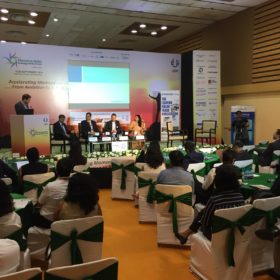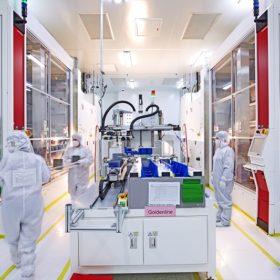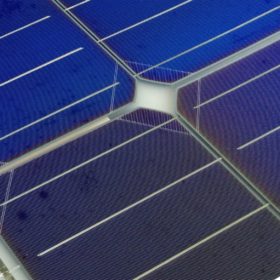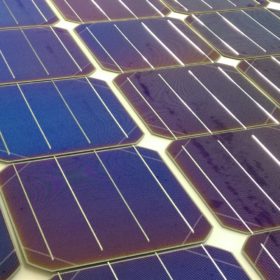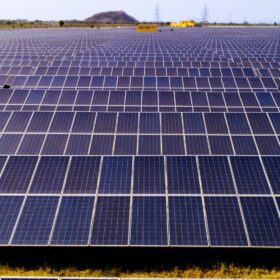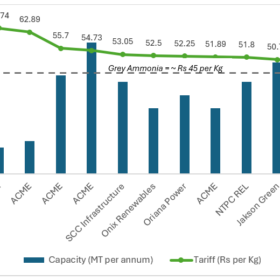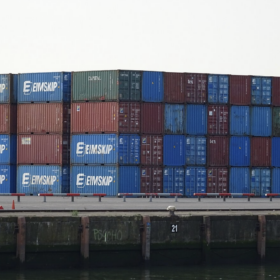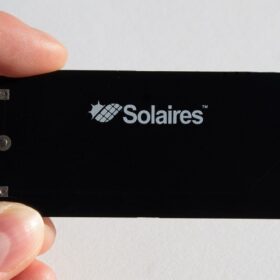Better bifacial adoption, catalyzing innovation focus of Future PV Roundtable at REI
pv magazine’s Future PV Roundtable, held at the 2018 Renewable Energy India (REI) Expo in Greater Noida, discussed how India can better adopt bifacial solar cell and module technology – the future of power generation. Prominent industry speakers also put forth their views on how standards can catalyze solar innovation for India-specific challenges, and on PV materials and components for enhanced module efficiency and recycling.
Cell manufacturer ranking
pv magazine teams up with solar market analysts at IHS Markit to run through the top 10 crystalline silicon cell manufacturers of 2017, and the events that shaped their market landscape throughout the year.
Let’s mitigate LID & LeTID!
Cell degradation: LID in p-type monocrystalline PERC cells has caused serious issues in PV plant performance. Now, it can be prevented with regeneration processes or by replacing boron with gallium. The cause of LeTID in multicrystalline PERC cells, meanwhile, is still a mystery, but researchers have proposed an industrial solution to address it.
Germany’s ISFH announces 26.1% efficiency for p-type crystalline cells
The Institute for Solar Energy Research Hamelin (ISFH) and the Leibniz Universität Hannover claim that this result is a world record for p-type silicon material, as well as a European record for crystalline silicon.
Tongwei to invest $1.8bn to build two 10 GW solar cell factories in China
Massive 12 billion yuan ($1.8 billion) investment part of Chinese solar firm’s goal to boost its production capacity to 30 GW and become world’s largest solar manufacturer.
Vikram Solar launches new monocrystalline product line SOMERA
SOMERA series uses PERC monocrystalline solar cells reaching module area efficiency up to 19.05% (for 60 cells) and up to 18.45% (for 72 cells).
